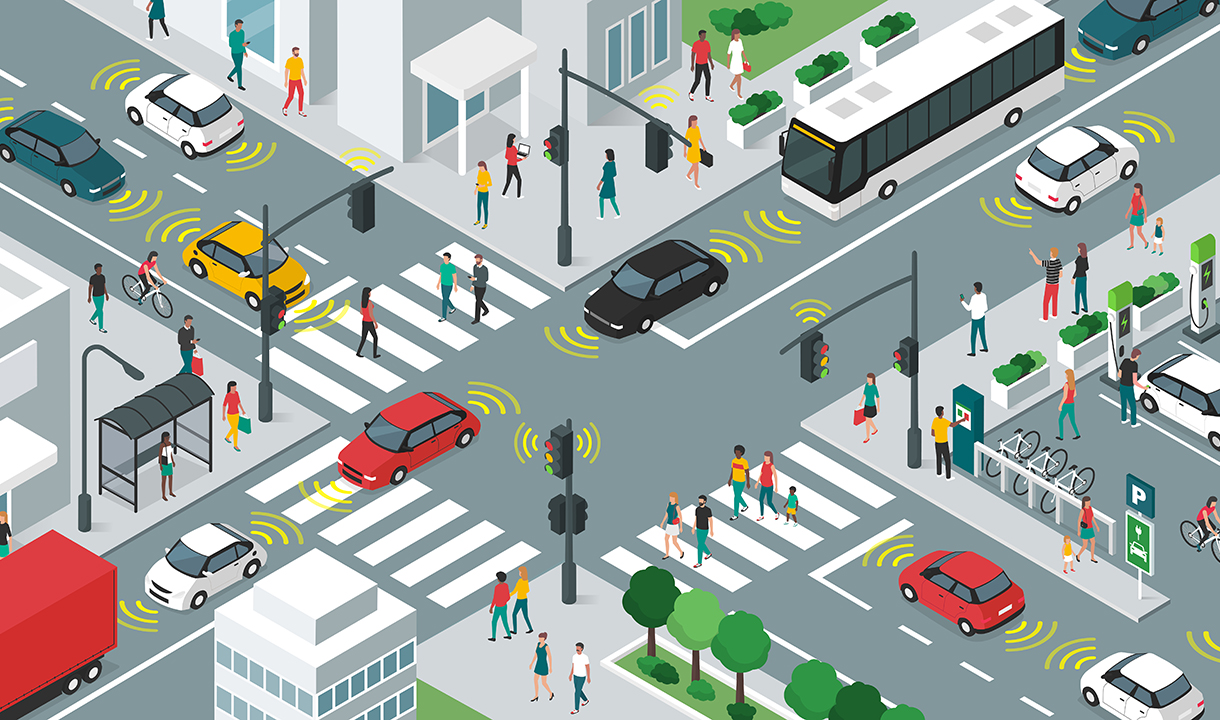How Connected Vehicle Data Optimizes Traffic Management
One of the significant challenges faced by cities around the world is managing traffic congestion. As urban populations continue to grow, traditional traffic management methods are becoming ineffective. However, the emergence of connected vehicle data has provided a new tool for optimizing traffic management and improving overall traffic flow.
1. Real-Time Traffic Monitoring:
Connected vehicle data enables real-time monitoring of traffic conditions. By collecting data from vehicles equipped with sensors and GPS technology, authorities can gain insights into current traffic patterns and identify areas of congestion. If you want to know more about connected data then you may search on this website.

Image Source: Google
2. Predictive Analysis:
Connected vehicle data can also be used for predictive analysis. By analyzing historical traffic patterns and combining them with real-time data, traffic management systems can forecast potential congestion hotspots. This allows authorities to proactively address traffic issues and implement preventative measures, such as adjusting signal timings or rerouting traffic.
3. Intelligent Traffic Signal Control:
Connected vehicle data can significantly improve traffic signal control. By integrating traffic data with smart signal systems, traffic lights can be synchronized based on real-time traffic conditions. This adaptive signal control can create a more efficient flow of traffic, reducing congestion and travel times.
4. Emergency Response and Incident Management:
Connected vehicle data plays a crucial role in emergency response and incident management. By receiving instant notifications from connected vehicles, authorities can quickly respond to accidents, breakdowns, or other incidents on the road. This enables faster clearance of the incident, minimizing its impact on traffic flow.
